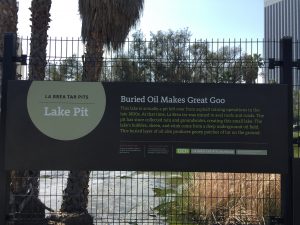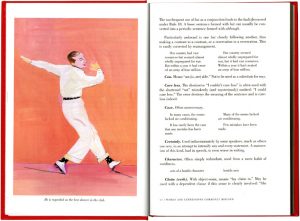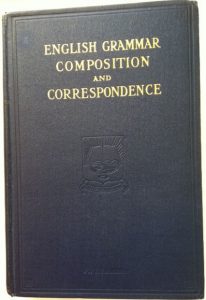Values and a voice…
These days, annual reports are much more than just a home for the numbers aimed purely at finance folk. At their best, they’re strategic documents setting out for all key stakeholders what a company has done to live its core purpose, create lasting value and contribute to the wider world.
Values and a voice are critical here. According to the FT’s Peggy Hollinger, “A recent study found that companies that came in highest or lowest on a well-known ranking of LGBTQ policies were rewarded by investors with share price rises, while those in the middle were ignored. It was not about who had the most inclusive policies but who had the clearest position.” The moral is, avoid the murky mid-zone – have a strong point of view and let it sing.
So as we head into 2024, I’m resolved to put more clarity and conviction into reporting.









